10 Common Portrait Mistakes
There are so many things to consider when taking a portrait. If you are only picking up a camera for the first time, or if you’re not sure if you need to hire a professional, there are a lot of things to consider. Simple mistakes really distract from the final portrait. So, I have written a list of ten common mistakes that are made when people take portraits. These can range from selfies taken with a phone, to a professional studio shoot taken with a DSLR.
1 – A lack of connection between the subject and audience.
That little spark in the eyes is everything. An authentic connection between subject and photographer will make all the difference in the final portrait. It could be the difference between a fake smile and a natural smile. Their comfort and ease (or alternative, discomfort) will shine through in the final photographs.

You want a genuine smile like this!
Establishing a good connection between photographer and client is so important. Other small gestures like making sure they are comfortable (cold? put a heater or, or carry their jacket for them if the shoot is outside); giving them a break if they need it; offering refreshments, or a glass of water; and checking in to see how they are feeling about the whole process.
2 – Bad lighting.
Lighting makes photography. Understanding light is the key to being a great photographer. Being able to replicate lighting for various clients, controlling your studio lights or shaping the available light you have. All of these factors contribute to the final image.
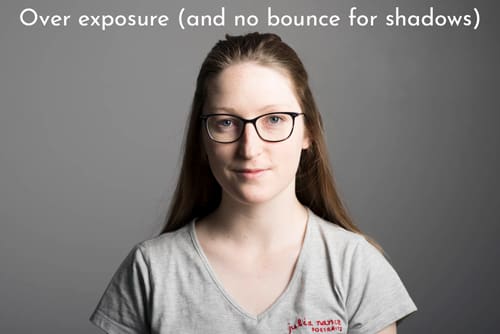
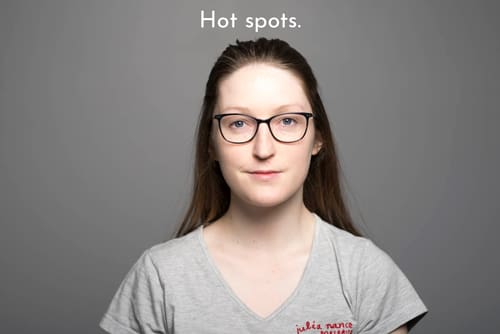
A portrait with good lighting is always going to outshine a portrait with poor lighting. Things to avoid are:
– Unplanned shadows on the face,
– Uneven lighting,
– A dark body,
– Hotspots,
– Dark eyes.
Nailing good lighting that completes the shot will go a long way. You can compose your portrait with beautiful, soft, even lighting or you can go for something more dramatic, or add depth with some backlighting. Be creative, and be careful to not let bad lighting ruin your shot.

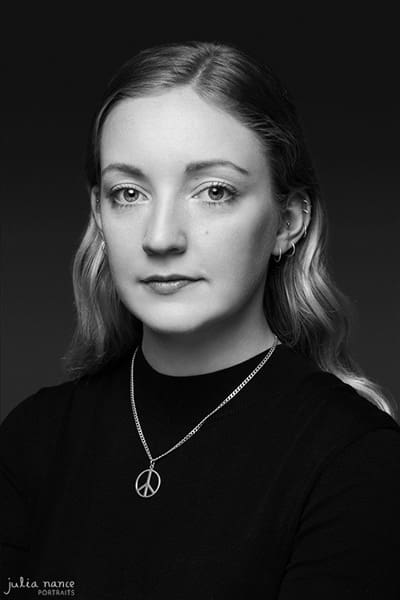
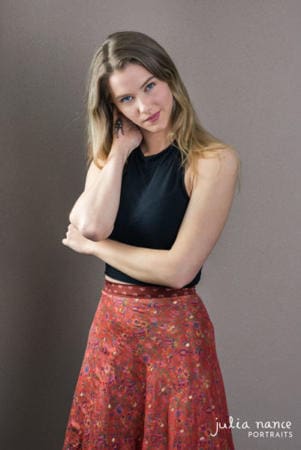
3 – Distracting backgrounds/setting.
Background is so important! No matter where you are, including the studio, background must be taken into consideration. A bad background can shatter a well composed portrait. I’ve written all about backgrounds here, because this is a topic that can be discussed at length!
For a studio background, colour, texture, brightness and shadows all need to be considered. Just because you are indoors does not mean your background is sorted. Bad lighting falling on the background can be incredibly distracting.
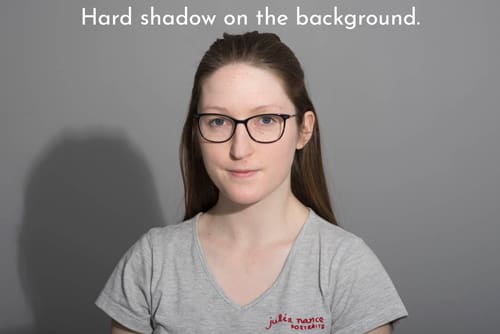
When you’re outdoors, a bad background can simply be a lack of control over the depth of field. Some cheaper lenses won’t allow for that beautiful, compressed bokeh that you get with beautiful low apertures. Prime lenses like an 85, or a long lens like a 70-200 will give stunning blurred backgrounds, and when taken correctly, background can be quite irrelevant.
Using too much depth of field can give you unflattering results: things like rubbish bins, cars, people – all distinguishable, can really take away for a portrait or headshot. Unless the setting is important to the meaning of a photograph of course. Environmental portraiture falls into a different category all together – that street scene might make the shot!
Another thing to look out for is distracting elements that clash with your subject. Such as branches or poles behind the subjects head. If these are sharp, it can look quite unflattering.
4 – Unflattering clothing.
Clothing choice is important for portraits too. What a subject wears can say so much about them. It can tie a shot together completely. I often find clothing is a great way to bring character into a shot, and I often consider my background and colour choice in relation to clothing as well.
Clothes need to make your subject feel great! They also need to look flattering on camera. A lot of clothes look great with ‘movement’. Clothes that swamp the body often miss the mark when photographed. They bunch up, create weird shadows, and take away shape from the human form. While these might look amazing when on, they aren’t always the best choice for a portrait style image.
Colours that clash with skin tone or hair colour can impact the final shot too. Patterns that are too bold and clash can be distracting. Or jewellery that steals the show.
When shooting headshots, it’s important that the clothes don’t take away from the subject themselves. The person needs to stand out, and their clothes should help them do that (but not in a dominating way).
So what is flattering clothing?
Simple things like considering colours that compliment skin tone, eye colour, and hair colour can really bring a portrait together. This can easily be discussed before the shoot! Clothes that fit closer to the body tend to photograph well. Something the subject is really happy to be wearing, so they don’t feel awkward or out of place is important too. Consider necklines as well!
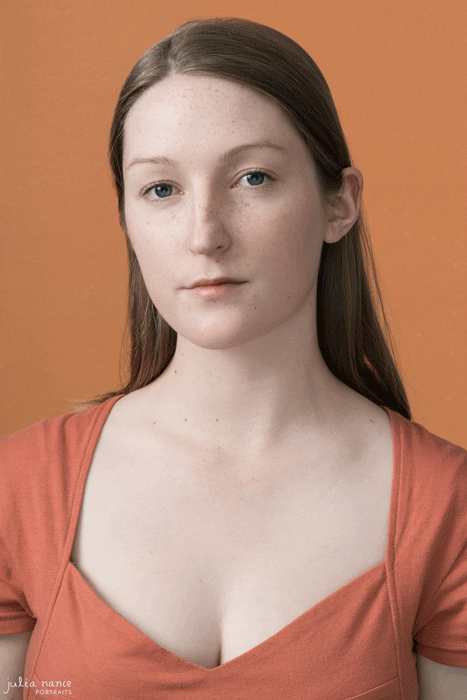
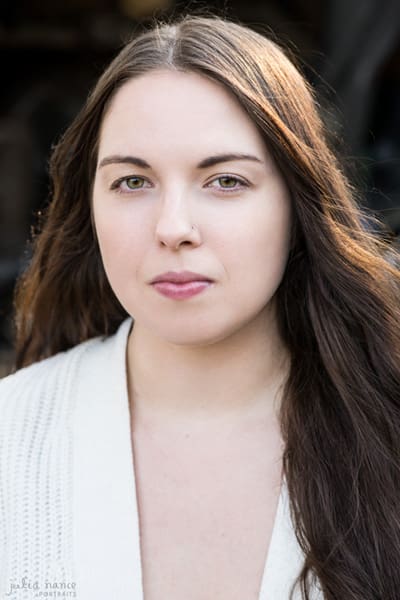
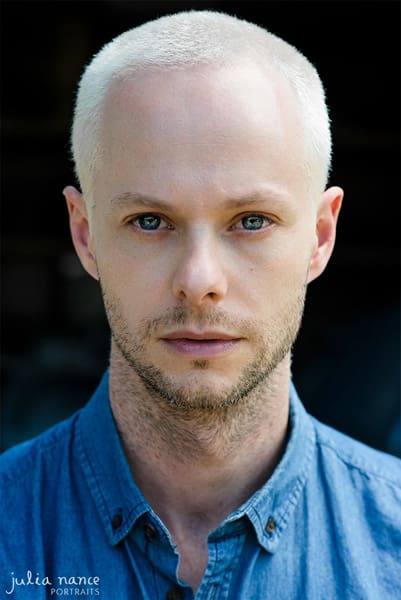

5 – Props that just don’t suit.
Gone are the days of those strange 80s and 90s studio portrait shoots.
Some props or other elements in the photos are great. They can communicate so much about the subject. This could be a pet, or it could be a plant, book, or cup of tea. If it speaks them and their brand, it likely could work.
But props that have no relevance to the subject at all can be a little confusing. So can awkward and tacky posing.
Holding a telephone and looking into the distance isn’t a current trend anymore
6 – Unrealistic retouching.
This one really gets to me. I am really passionate about how much I hate terrible retouching. And I see it a lot, everywhere. I believe skin was given texture for a reason. And that texture should stay in photos.

A lot of portraits have either a filter effect thrown over them, or they’re airbrushed in a ‘blur the detail’ approach. I am pretty specific and detailed when I retouch my photographs. You can read more about that topic here.
There is no need to airbrush someone’s skin to a point where it glows. There should be detail. Crisp, flattering, real detail. Imperfections can be touched up. Skin Tones can be evened. Small shadows brightened. But all of this can be done in a way that does not take away the texture of a person’s skin.
7 – Incorrect Exposure.
Shooting RAW makes things a little easier in this department. You can easily brighten up an underexposed photograph to bring out the skintones. You can often recover some highlights too, if their not too far gone.
Portraits that have incorrect exposure do tend to suffer. It can be particularly obvious when a bright white background is used. If underexposed, a person can look really dull and grey if they are not exposed properly.
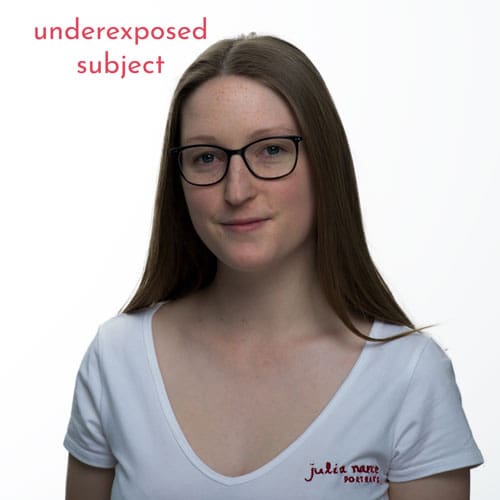
Alternatively, a shot with strong contrast can often be exposed incorrectly. The highlights blown out, and the shadows unflattering. It can be done well – but only if deliberate and planned.

8 – Miss of focus in the eyes.
Generally, the eyes are considered the most important part of a portrait. We tend to look at the area of a photograph that is most in focus. If the eyes are soft, it can distract from the image. You can see this in the example below. The focus in this example is between the eyes and the ear. You can see the sharpness in his beard and hair. We have completely lost engagement in the eyes, and it takes so much away from the portrait.

Sharp eyes create engagement. In a headshot style image, if the eyes are missed then it can be so incredibly distracting, and this simple mistake will overpower the entire image. Using a great lens, and nailing that focus in the eyes, will help create power in your portrait.

9 – Distorting lens choice.
Different lenses will distort an image differently. We all understand the warping from a fisheye lens, and can only imagine how this will change the image of a person.
If you’re looking for a creative or quirky image, a distorting lens choice can be a fun option to explore. If you’re photographing headshots or portraits for a client, often quirky distortion is not desired. The subject wants to look flattering. So when lens choice isn’t considered, and a poor choice is used, it can create an undesirable effect.
Wide angle lenses will distort more than say an 85mm, or a 100mm. As you can see in the photo below, taken with a wide-angle, the part of me (my face) which is closest to the lens, appears MUCH larger than the rest of my body. Think of this with a face – the features become distorted very easily.

The below portrait was taken with a wide angle lens. This was done by choice, and it makes my subject pop out from the background a little more. You can see how this lens was used with distance. If I went close to the subject we would see much more dramatic distortion.
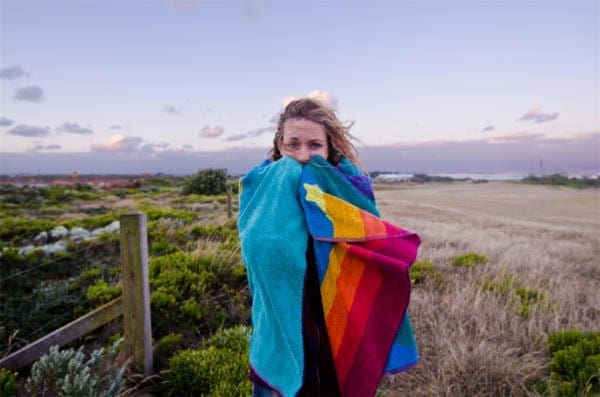
Photographing with the right lens choice, and using the right angles and distance will help get that final flattering portrait.
10 – Harsh Shadows.
Shadows can make or break a portrait. In a studio environment, a strong body-shaped shadow on the wall can easily come off as looking unprofessional and amaeture like.

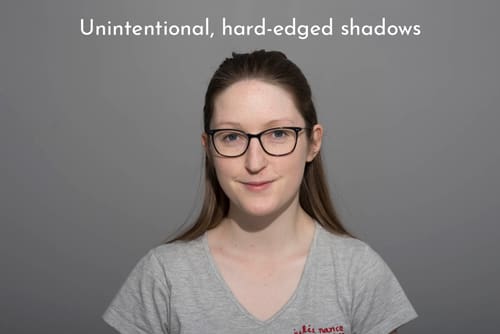
Dark shadows over the face, or parts of the body can have the same result. Understanding how to control and compliment shadows will go a long way. This can be simply reflecting light back into the subject, or adding an extra light when needed. When outdoors, positioning appropriately in regards to the sun (or diffusing the sun), will make all the difference too.
If you’re just starting out in portraiture, the easiest way to get the hang of things is to just get out there and shoot. But, if you’re not confident in your craft, don’t immediately start taking paying clients, but seek out volunteers (friends or family), who you can learn with!
If you’d like to read more tips & advice, you can do so on my blog. To view my folio, click here!
Or if you are needing your own headshots, you can book a session with me online.
Corporate Headshots & Branding | Actor Headshots | Staff Headshots | Family Portraits
Book Online | Gallery | About | Contact | Studio | FAQs | Ts&Cs | Privacy Policy
